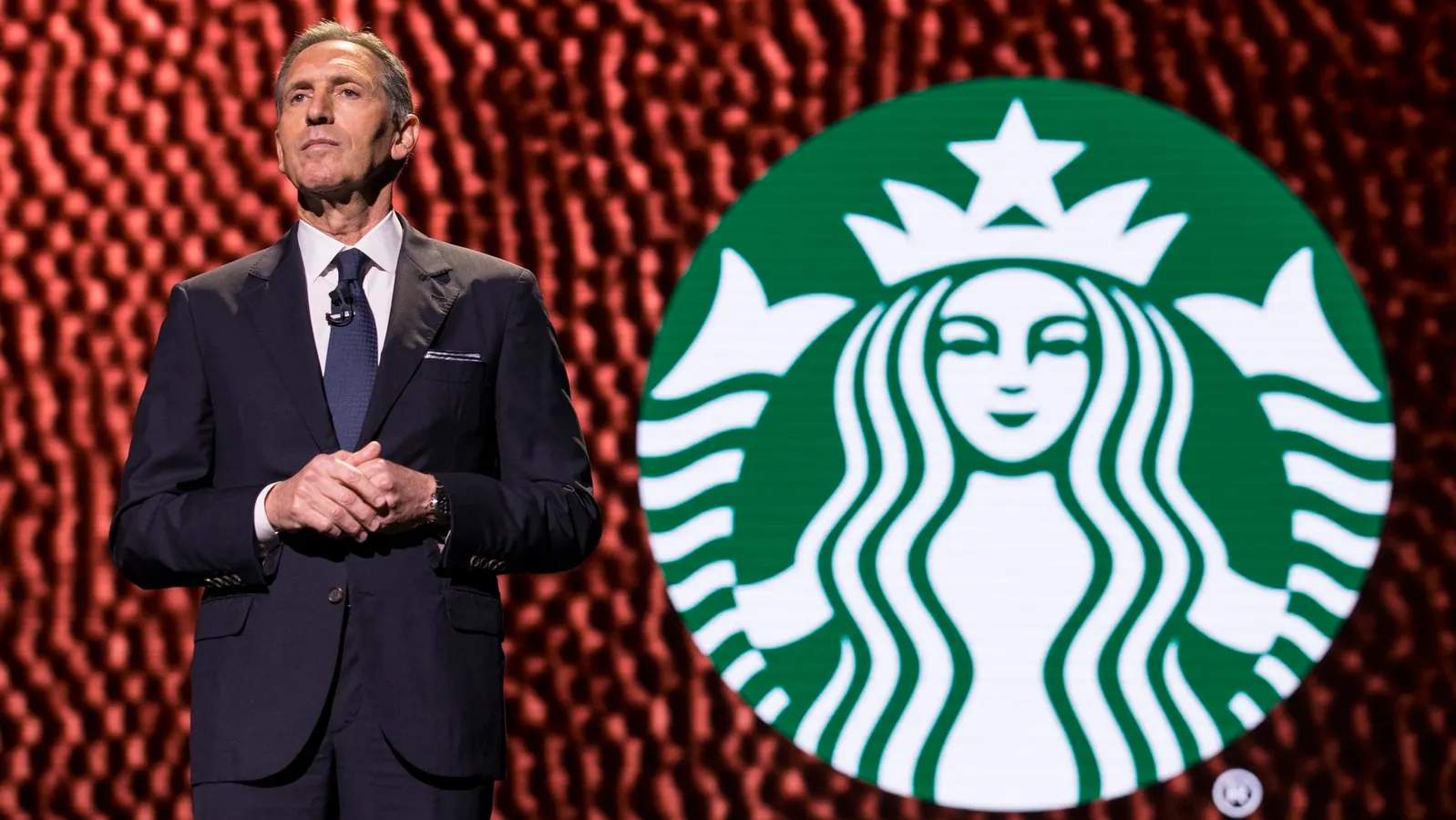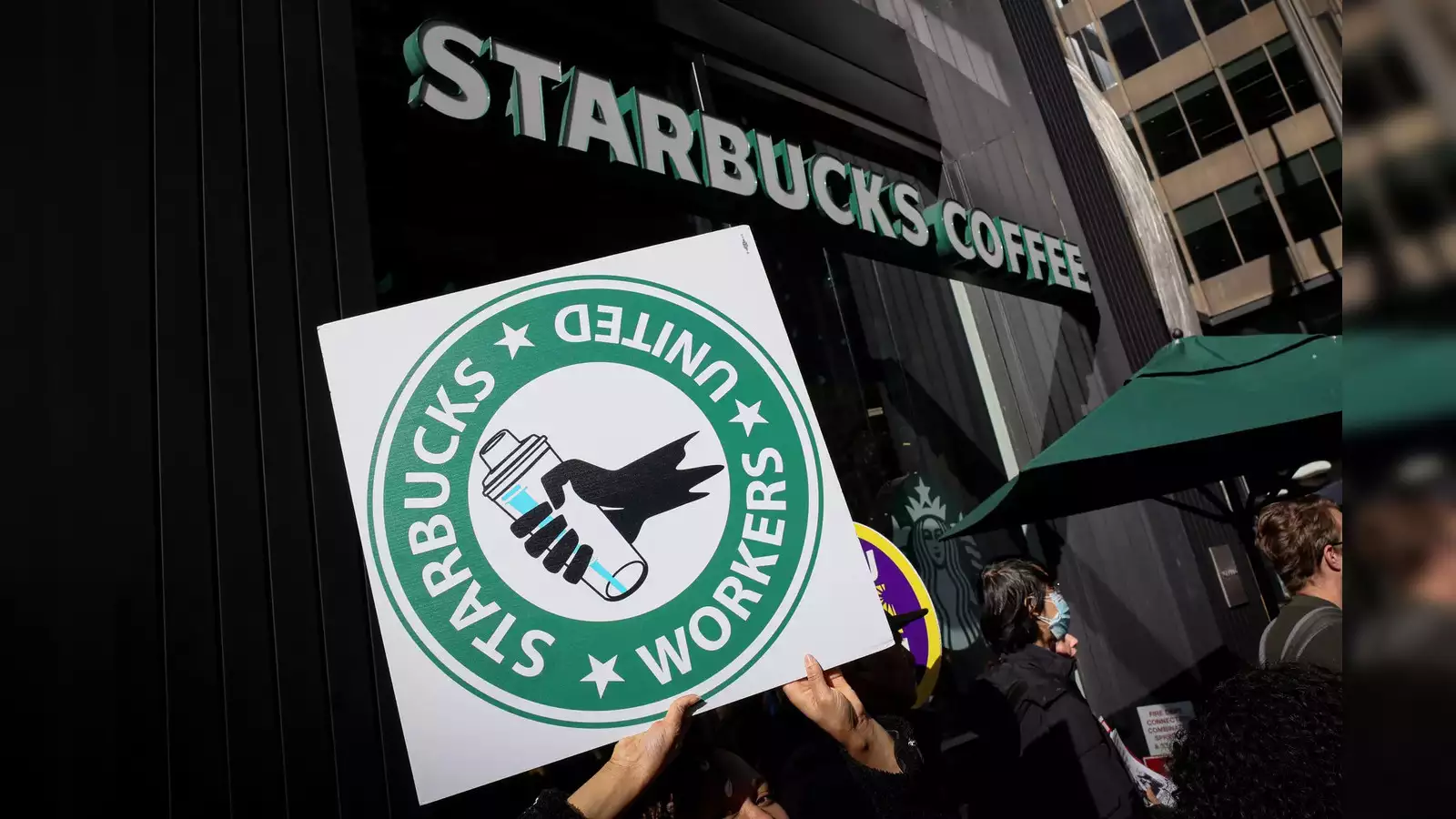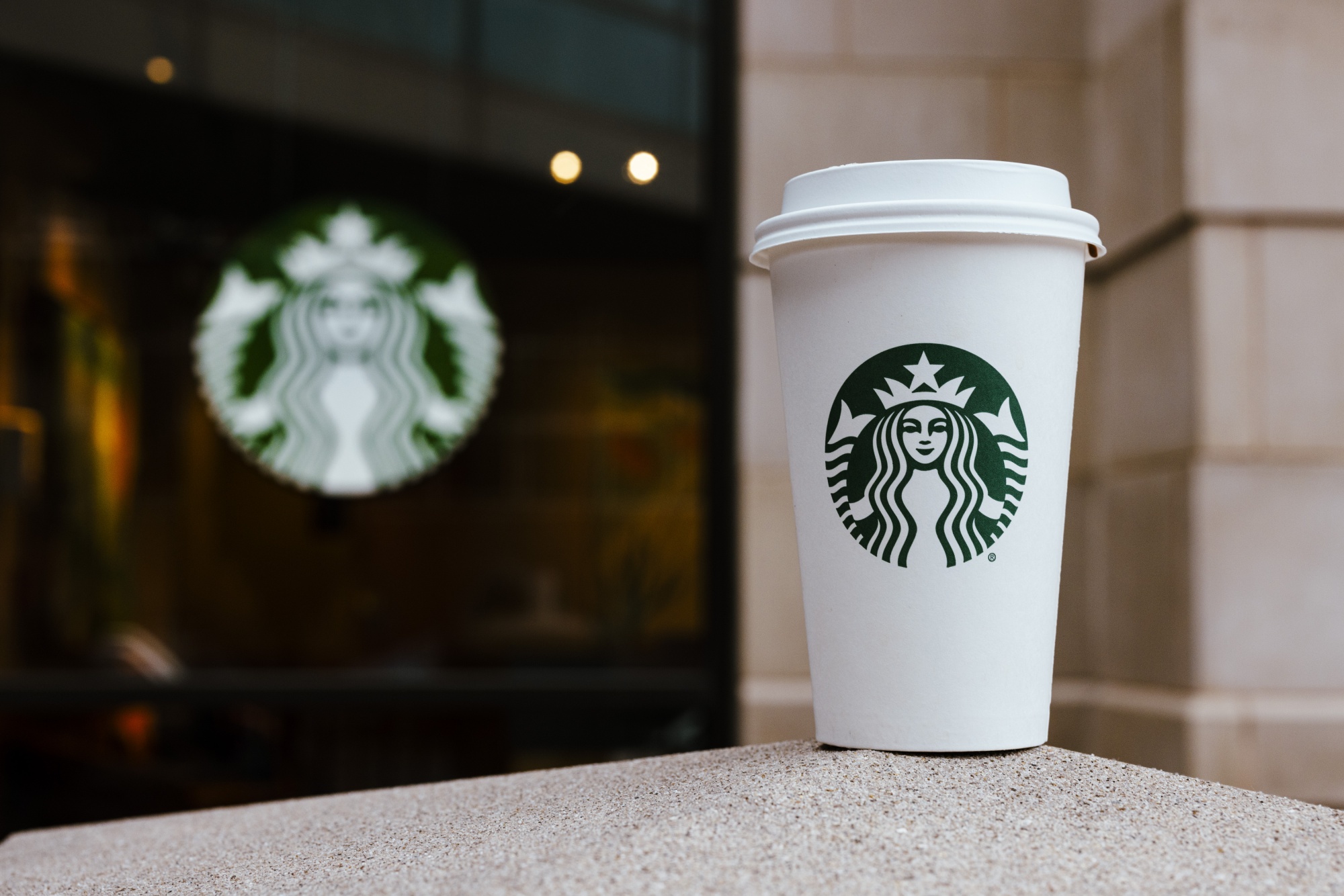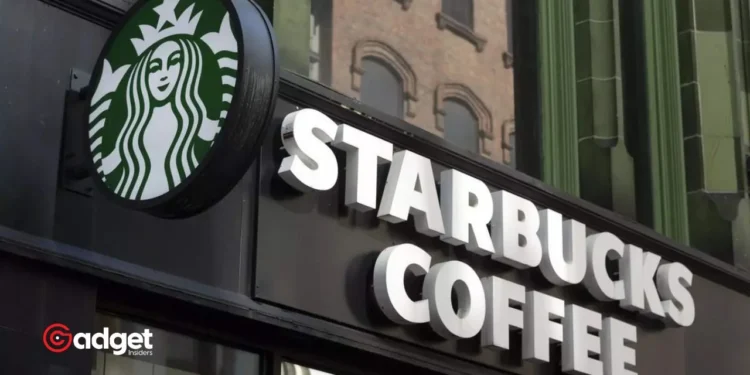Starbucks Corporation, a name synonymous with premium coffee culture, recently faced a surprising downturn. For the first time since 2020, the coffee giant reported a decline in sales. Despite their innovative attempts to lure customers with half-price promotions and the introduction of new flavors like lavender lattes, these strategies fell short in attracting budget-conscious consumers.

The Impact on Starbucks’ Stock
The reaction on Wall Street was swift and severe. Company’ shares plummeted, marking a 16% drop in New York trading on Wednesday. This dramatic decline was the most significant since the early days of the COVID-19 pandemic in March 2020, echoing the instability and uncertainty that businesses worldwide faced during that tumultuous time.

Analyzing the Shift in Consumer Preferences
This recent sales slump at Starbucks highlights a broader trend affecting many retail sectors: a shift in consumer behavior. As economic pressures mount, from rising inflation to uncertainties in global markets, consumers are increasingly prioritizing essentials and becoming more selective about their discretionary spending.
Company, traditionally seen as a marker of affordable luxury with its array of specialty beverages, is feeling the pinch as customers scale back on everyday indulgences. This change is a critical reminder that even powerhouse brands are not immune to the shifts in economic climates and consumer sentiment.
The collapse of Starbucks is truly insane:
1. Company wide same store sales fell 4% and traffic fell 6% this quarter
2. In China, same store sales plunged 11% with an 8% decline in the average order
3. International same store sales FELL 6% while a 1.4% GAIN was expected
4.… pic.twitter.com/s9BTlvfch0
— The Kobeissi Letter (@KobeissiLetter) May 1, 2024
What This Means for Starbucks and the Coffee Industry
Looking forward, Company faces the challenge of recalibrating its strategies to align more closely with the evolving economic landscape and consumer expectations. This may involve more than just promotional offers or new products. Instead, a reevaluation of pricing structures, customer engagement, and perhaps an increased focus on value-driven offerings might be necessary to regain momentum.
The broader implication for the coffee industry is significant. Other market players will likely take cues from Starbucks’ experience, potentially leading to a wave of innovation and restructuring across the sector as companies strive to meet the changing demands of a more cost-conscious public.

In conclusion, Starbucks’ recent sales downturn is a wake-up call to all consumer-centric businesses. In an era where economic resilience is paramount, adaptability and responsiveness to consumer needs will be key to sustaining growth and retaining customer loyalty. As we continue to monitor Starbucks’ strategies in navigating these challenges, the lessons learned will undoubtedly resonate far beyond the coffee industry, offering valuable insights into consumer behavior and business strategy in post-pandemic economics.










